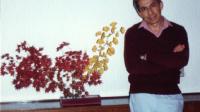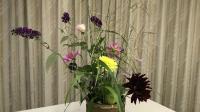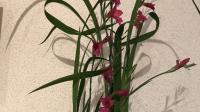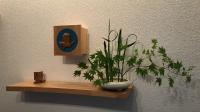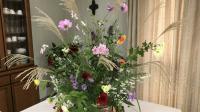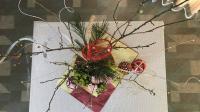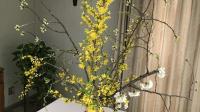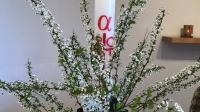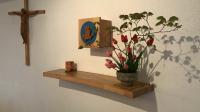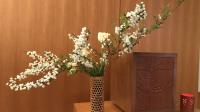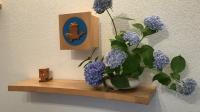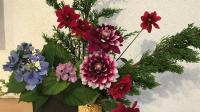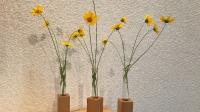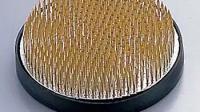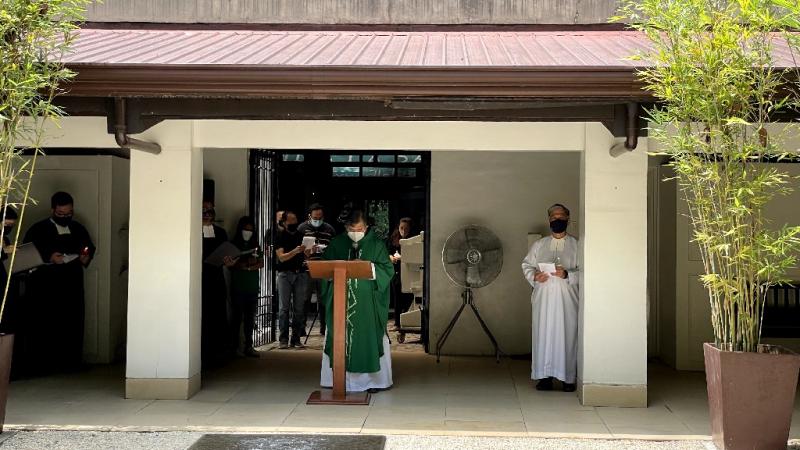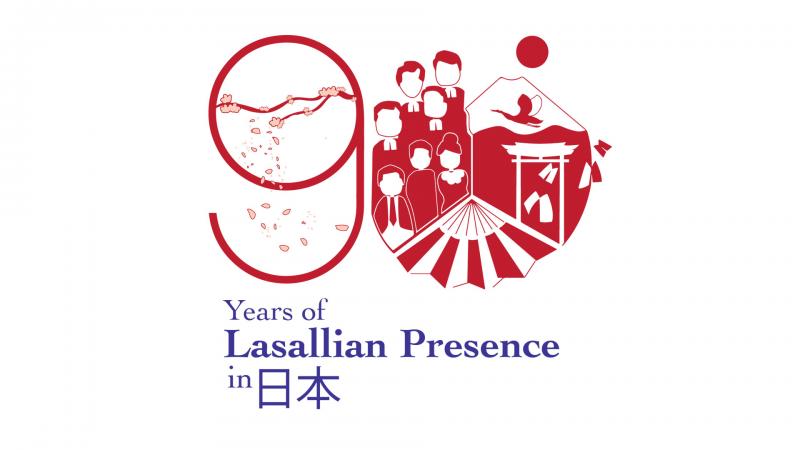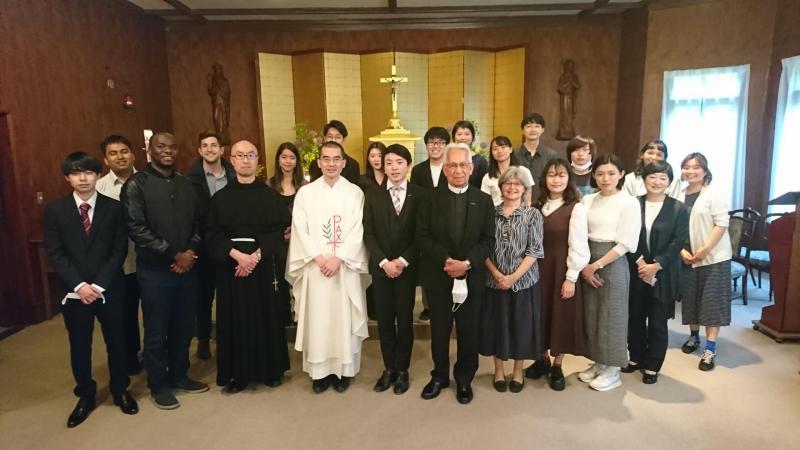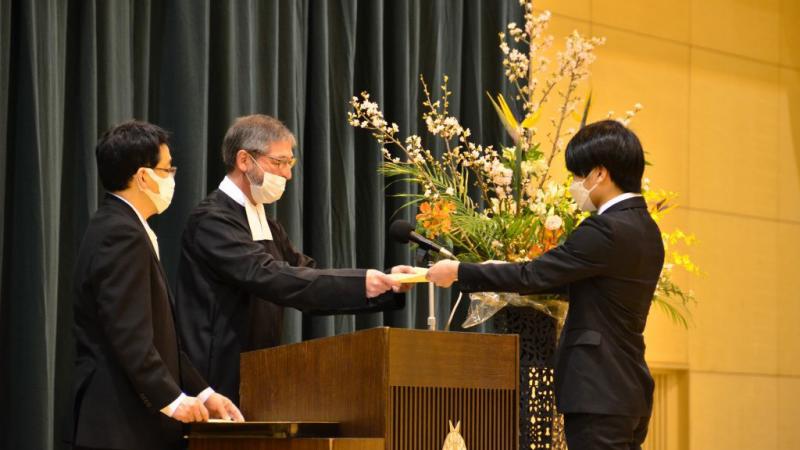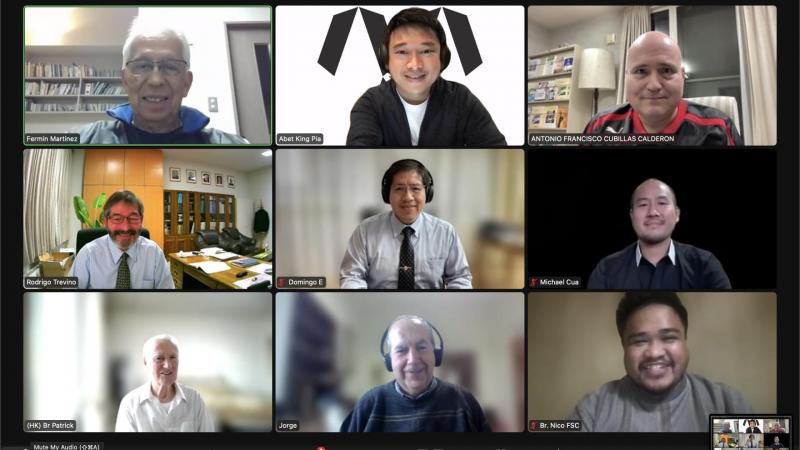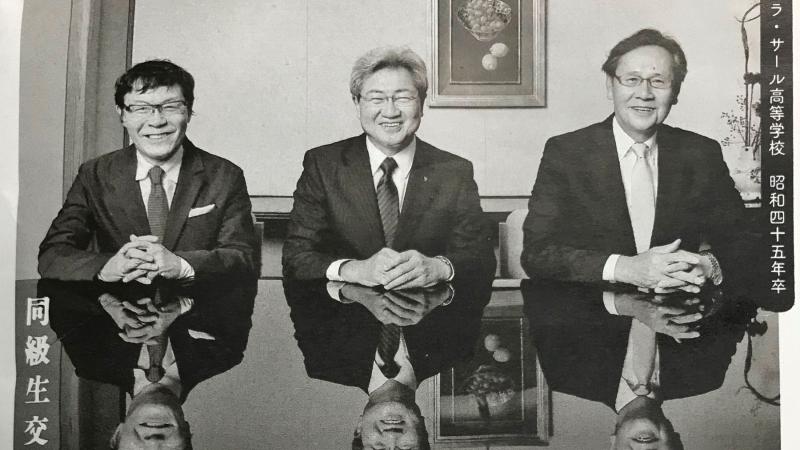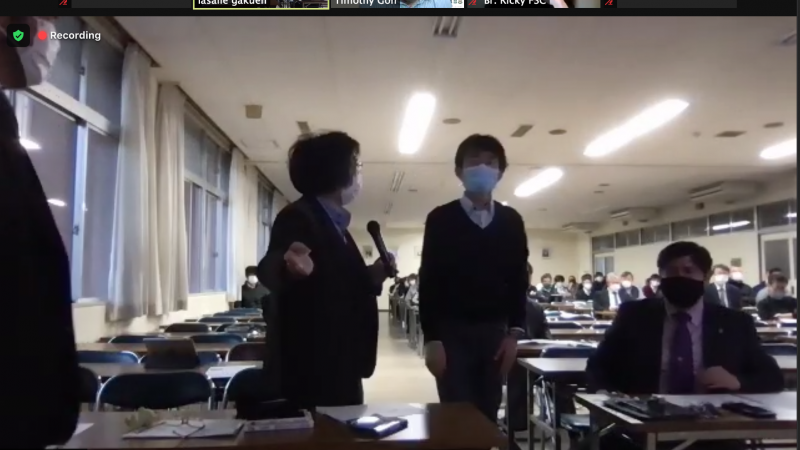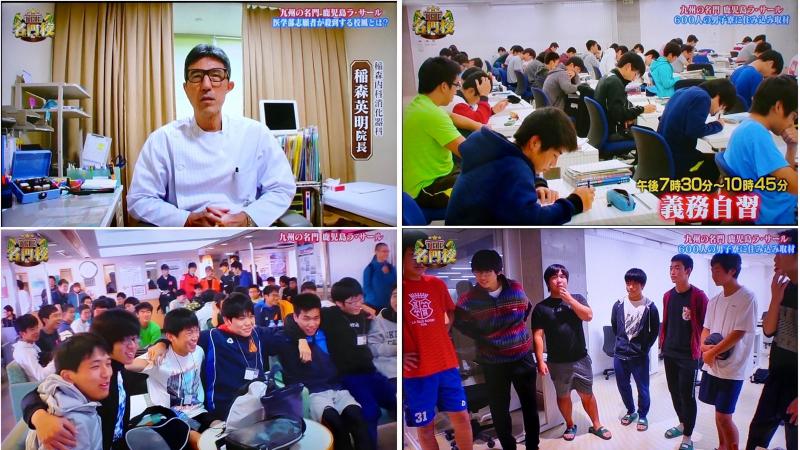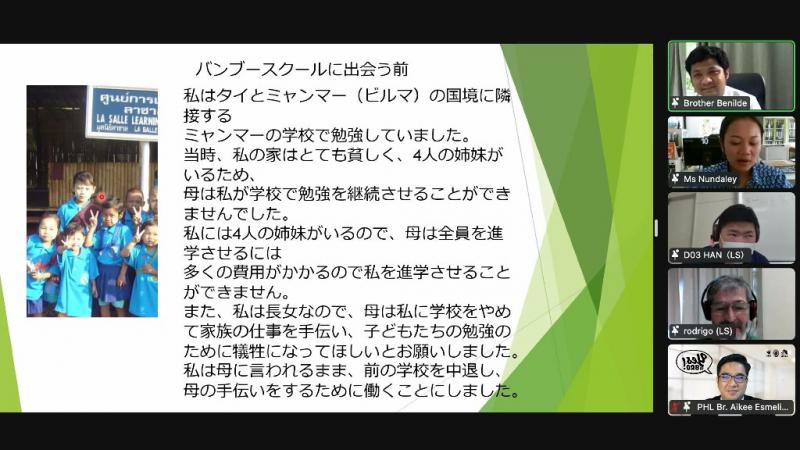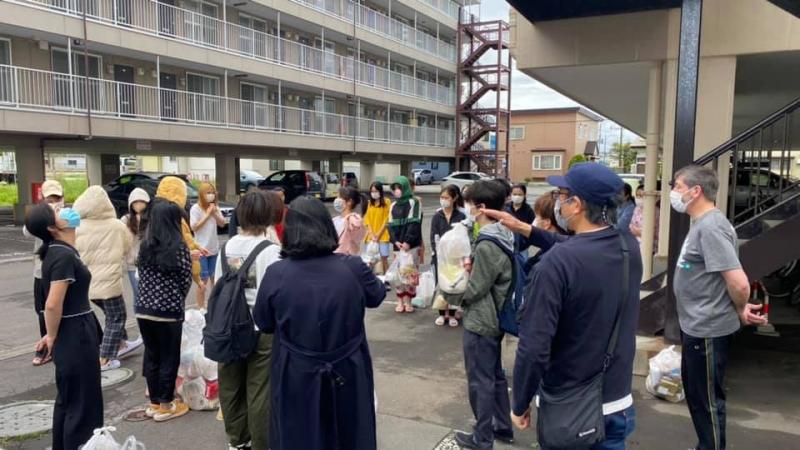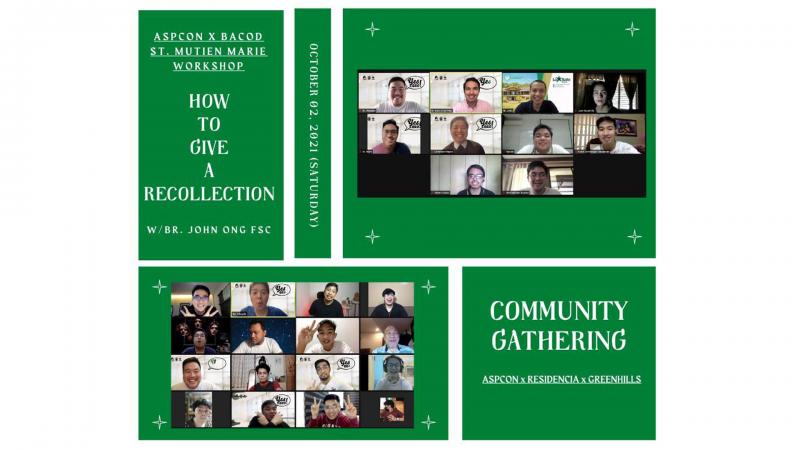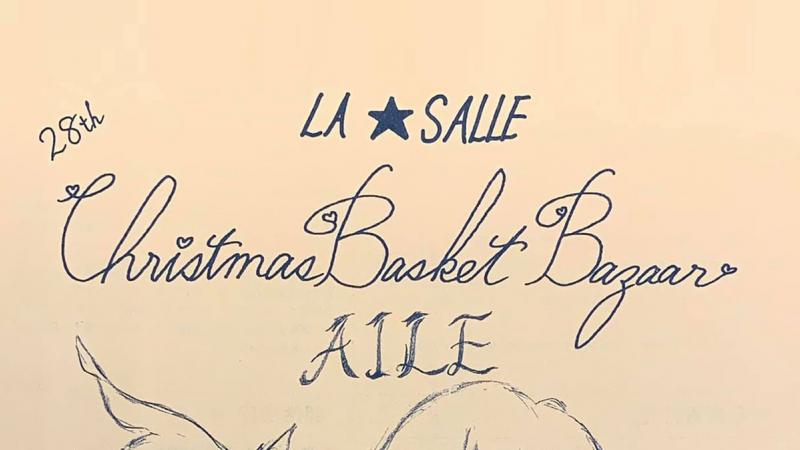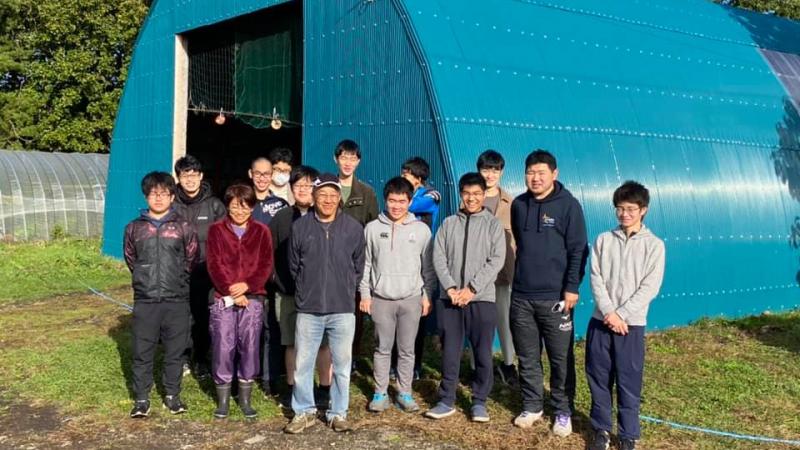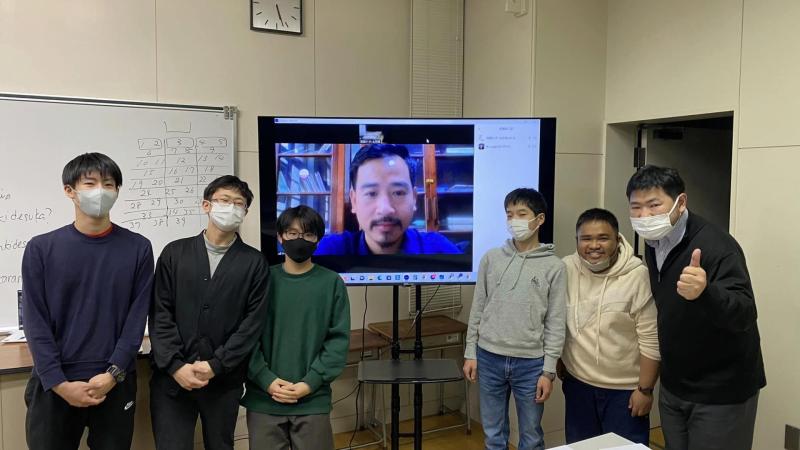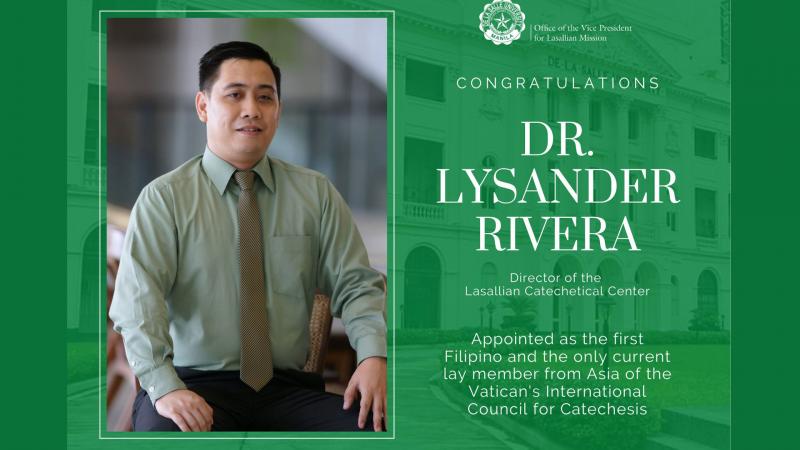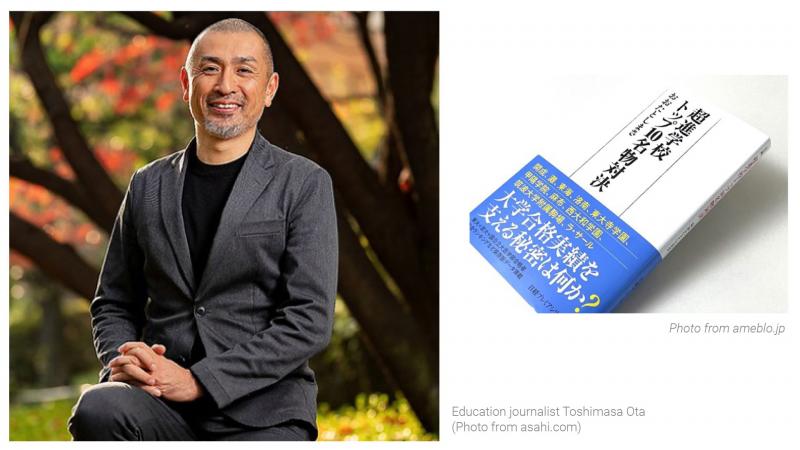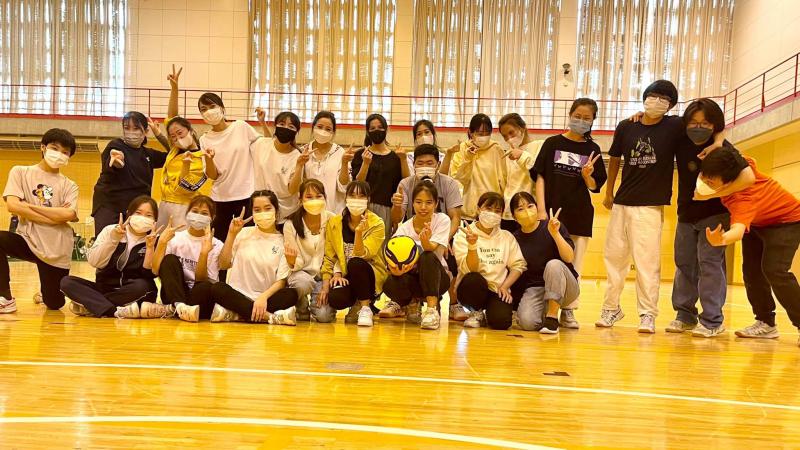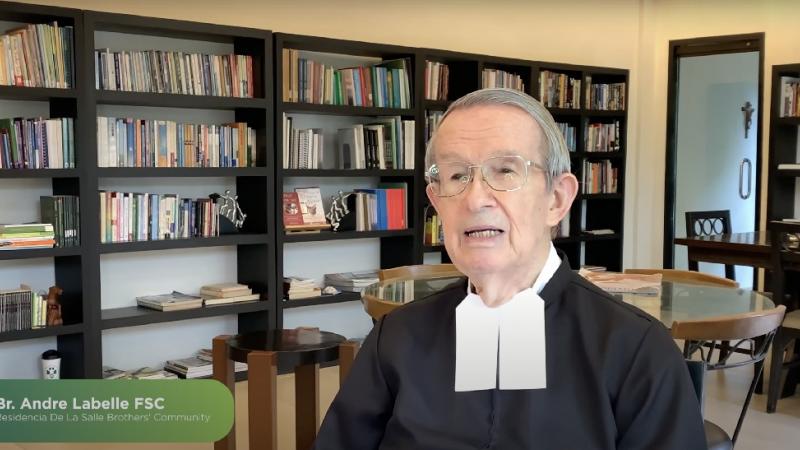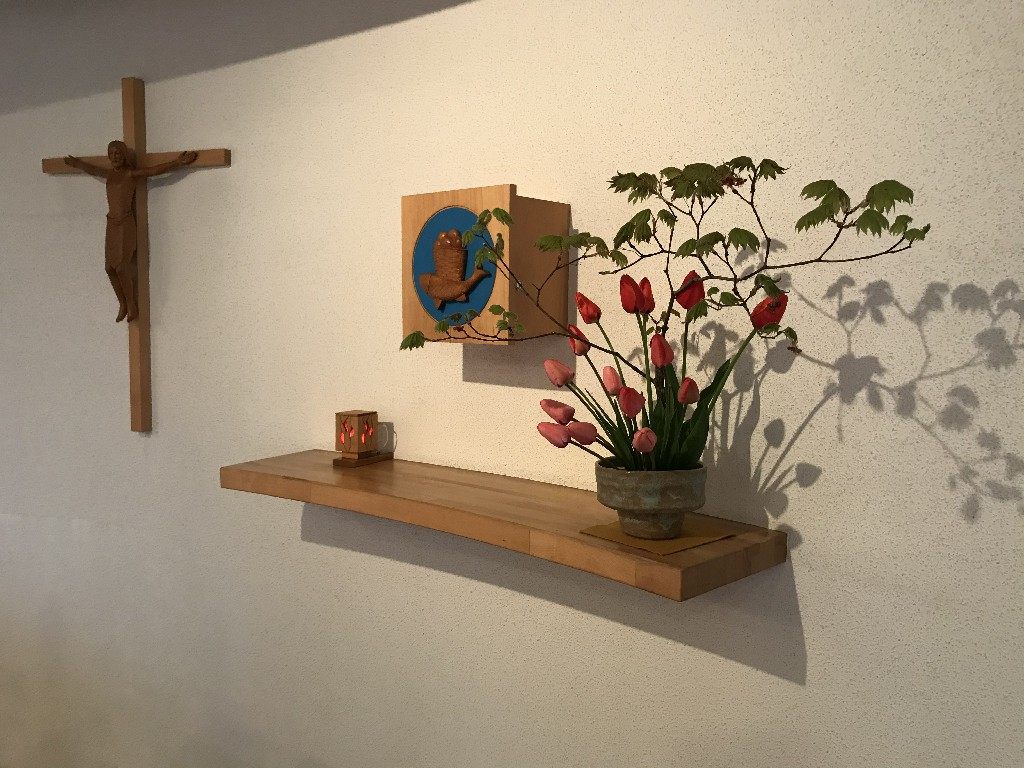
JAPAN - Before coming to Japan as a lay person or as a Brother, I liked flowers as most people do. I lived in a culture where there were flowers in the house only for certain occasions or in churches or chapels. To have flowers meant to go to the market and buy them or the easiest way, to order them through a shop. People around me at home or in our communities didn’t grow flowers for inside decoration. In other words, to have flowers or not was the way to live ordinary life.
I arrived in Japan on August 26 of 1987 and soon I began to see the role of flowers in different ways even in ordinary life. One of the new words I learned was “生け花” (ikebana) which literally means - living flower(s). This is one of the arts people have cultivated for years in this country. I became interested to appreciate the role of flowers in daily life. I must confess that I have never taken any class or course on putting and arranging cut flowers in a vase. After four months in Japan, I gave it a try and put together my first and “original” arrangement. From the very first time I did not follow orthodoxy; I did not use flowers but two branches of Japanese maple and one of ginko. You can see me in that old picture of 34 years ago. That was the beginning of something new to me.
I have come to discover that putting flowers together in “my way” have helped me contemplate the beauty of each blossom or the combination of different shapes, dimensions and colors, even if I don’t follow the rules of the traditional Japanese delicate art of ikebana. I play with what I get my hands on from the flowers in our garden. Now, I know this is not just cutting flowers and bringing them inside. I actually grow most of the raw materials for the arrangements I do. In other words, gardening and flower arrangement have become part of my daily life.
I have reached the point that, in doing these two things, I consider them to be the integral part of a therapeutic technique that pays well for my health. The more I get involved working with plants, the more I discover that it is a way to keep connected with mother nature. I cannot help it but I came to understand how the person becomes someone that bridges nature, humans, and the Creator. I am immensely grateful to discover and practise this down-to-earth and simple theological journey. Most probably if the Lord had not have brought me to this land, I would have continued to see flowers just as flowers.
Putting flowers inside the house, I make an environment that pleases my own eyes and perhaps the eyesight of people living together with me. When I put flowers in the chapel, I feel that I am not alone; nature is also praising the same God.
Here in the northern part of Japan we enjoy the four seasons. Each season produces different flowers (except winter) that help me become more imaginative in how I can put the flowers together. Any arrangement even using the same type of flowers will look different depending on the vase I use. Vase and flower combination produces a unique sense of harmony. One of the Japanese ikebana secrets is the use of “kenzan” that holds the flowers vertically and allows you to bend the position of flowers. The kenzan is a piece of metal that has many nails inserted, allowing you to play with flowers and the vase to produce something original.
Finally, I insist that what I do with the flowers has no right to be called “ikebana”. But if you insist, you can call them “unorthodox” ikebana. I hope you will be able to see flowers in a different way. And what is more, buy a kenzan and give it a try! (Text & Photos: Br. Fermin Martinez FSC)

